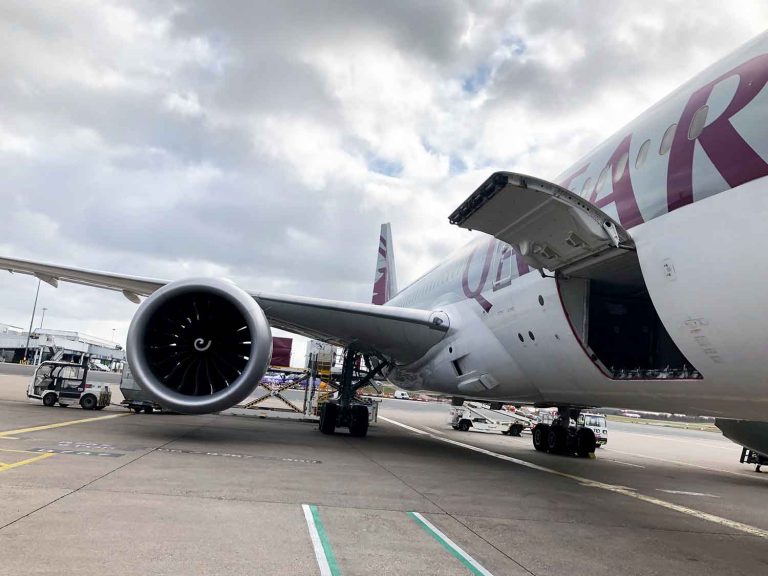
Date:
Air freight welcomes return of passenger flights
Passenger aircraft pre-Covid supplied at least 50% of all global airfreight capacity in the ‘belly-hold” space under the passenger deck and the return of air travel will ease congestion and rate pressure on the time-sensitive mode.
Passenger airlines will begin to convert and reduce the number of aircraft operated in ‘preighter’ configurations this autumn, as more of their fleets return to flying scheduled passenger services, particularly on European and transatlantic routes.
United Airlines deployed half of their wide-body fleet – every passenger airplane the size of a B767 and bigger and representing well over 200 aircraft – to fly cargo-only missions during the pandemic, but when the US reopens its borders for travel in November, the airline is planning to only have four to five of its largest planes flying cargo-only missions, because the others will be deployed on passenger routes again.
From early-November, the transatlantic air transport market is set to be completely open again, with the US accepting vaccinated travellers from Europe. Right now, these schedules are significantly less compared to pre-Covid levels and we see that shortfall in belly-hold space reflected in the elevated rates, as flights operated are reliant on cargo income only to make them economically viable.
With BA only restoring around 80% of trans-Atlantic capacity, the key question is what is going to happen when it gets back to 100% and how long that might take. It’s possible that the speed of recovery and the available aircraft may be distorted, because a lot of carriers, that would normally be flying in Asia, may try to enter the transatlantic, and other re-emerging travel markets, as they are able to focus back on their main revenue stream.
Despite Singapore allowing quarantine-free travel from the UK, Asia remains a challenge, because passenger flights cannot fly there as pandemic-related restrictions remain in place, throughout much of the region.
It is worth highlighting that despite the presence of numerous ‘preighters’ and dedicated freighters there are not simply enough of them to fill the hole left by the missing belly-hold capacity from the passenger airlines flying into Asia, from Europe and the US.
Another significant issue is reducing the number of air cargo charter flights carriers can operate, due to Covid-related restrictions placed on pilots and aircrew.
When pilots return to some Asian countries, they are subject to a (Covid-19) quarantine period of up to 21 days, which effectively means that a crew will only be able to fly one trip per month.
As long as that is the case – and unfortunately we don’t see any real change in the situation in the foreseeable future – rate levels will stay more or less where they are now.
As the air cargo market enters the Q4 peak season there will be many shippers desperate for capacity, no matter what price is offered, because it will be extremely hard to come by in the short-term.
Metro will continue to ensure that we advise the current week’s situation in regard to air freight and critical time movements. We will always present all solutions covering every option that will ensure that deadlines are met and ideally exceeded.
Please contact Elliot Carlile for immediate review and advice on what we can do for you during the final quarter of 2021 – and beyond.
